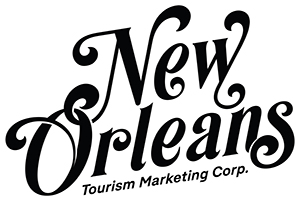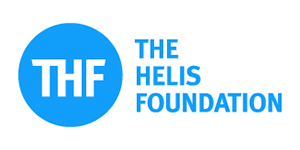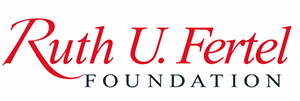In the spring of 1970, music festival producer George Wein came to New Orleans to create a new Jazz and Heritage Festival, featuring local and national musicians. So he went about booking venues for a series of concerts for late April, at the Municipal Auditorium and on board the SS President. And he signed up headliners, including Pete Fountain, Duke Ellington, and Al Hirt -- and some up-and-comers like the New Orleans Modern Jazz All-Stars, which included the young Ellis Marsalis and Johnny Vidacovich.
But George wanted to show more of New Orleans than regular concerts could do, and he knew he needed local organizers to help him -- so he was assisted in planning the festival by Quint Davis and Allison Miner, two young music fans who came recommended by the Hogan Jazz Archive where they worked. Quint and Allison brought enthusiasm and energy to the project, as well as a reverence for culture and tradition.
They all realized that the new festival needed to be unique, showcasing everything about the cultural life of the city. George was convinced that because headlining artists would come and go, the future of any festival would have to rely upon the promotion of New Orleans and Louisiana culture. But how could you shoehorn the culture of New Orleans into an evening of music?
The solution was a daytime fair outside the Municipal Auditorium, where most of the concerts were scheduled. It had room for all the food and crafts and street culture that wouldn't fit on stage. And it could include hundreds of additional musicians. It was called the Louisiana Heritage Fair, and it took over the historic Congo Square, which was then called Beauregard Square.
Like New Orleans, the entire fair was something you didn’t just attend, but you had to participate in.
Second lines with brass bands roamed the pathways under the live oaks, and every afternoon Big Chief Bo Dollis brought Mardi Gras Indians to parade through the grounds.
There were small stages with Louisiana musicians who wouldn’t be at the evening concerts, including blues and cajun music, and older New Orleans musicians Quint and Allison had tracked down. There was a Gospel Tent that gathered in one place singers and choirs most audiences had never heard before.
The legendary Mahalia Jackson was scheduled to perform at the Auditorium one evening, but she was drawn into the Heritage Fair by the sound of the Eureka Brass Band in a second line, and she joined them in a spontaneous rendition of "Just A Closer Walk With Thee."
Twenty food vendors sold red beans and rice, jambalaya, gumbo, crawfish etouffee, and grillades and grits. There was actually way too much for the small crowds that showed up, and there were mountains of leftover food.
That first festival didn't make money, and it was suggested that they do it again the next year, but without the heritage fair. George Wein responded, "If that’s the case, then you don’t need me."
So the Heritage Fair stayed, and it got bigger and better the next year. And the year after that it had gotten so large it moved to the Fair Grounds racetrack.
The Heritage Fair eventually just became synonymous with Jazz Fest. The evening concerts ended in 2004, and from then on the entire festival took place within the Heritage Fair, in daylight at the Fairgrounds.
George and Quint and Allison had a vision for that first Heritage Fair, of a festival that was uniquely New Orleanian, a place where the best of New Orleans culture was gathered together in a way everyone could experience. And by sticking to their vision of the Jazz Festival as a sweeping, immersive celebration, they created a tradition that is now in the very fabric of the city.
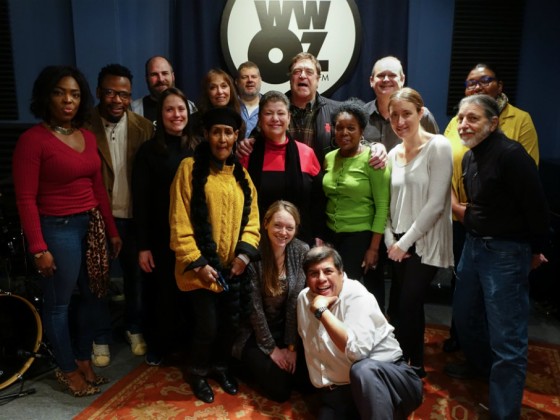
John Goodman with WWOZ staff
More WWOZ New Orleans Tricentennial Music Moments
This WWOZ New Orleans Tricentennial Moment was made possible with support from these sponsors:
